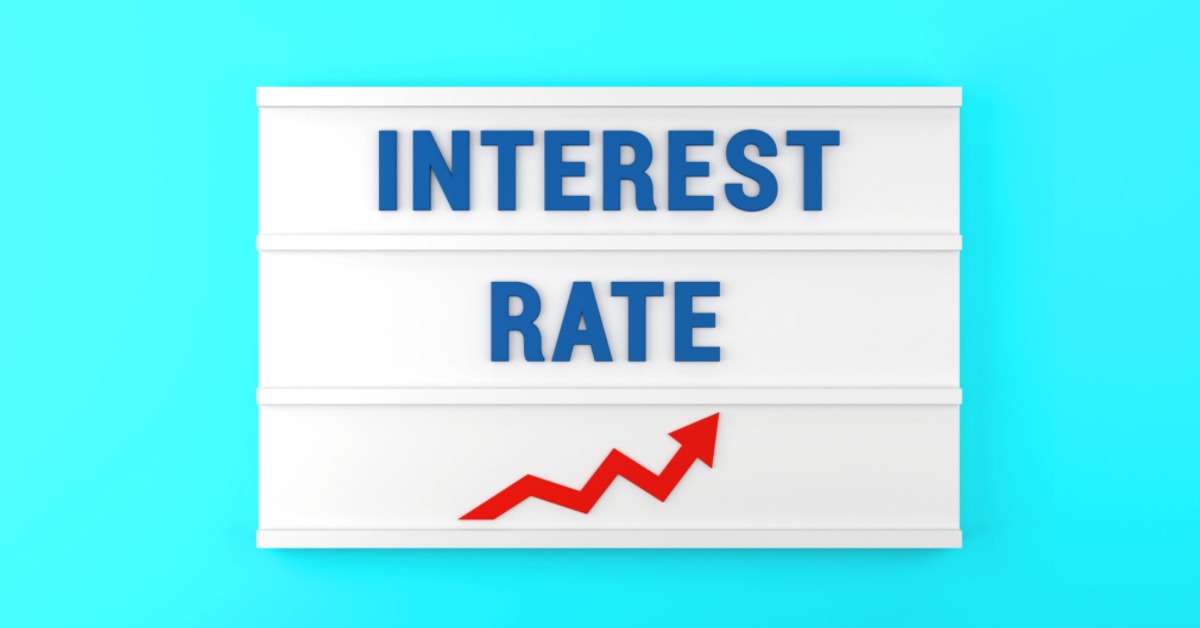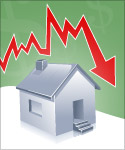Do you want to know where interest rates are headed in 2025? Based on their recent analysis, Goldman Sachs Research anticipates the Federal Reserve might initiate interest rate cuts as early as September 2025. This represents a shift from their previous forecast, driven by a combination of factors, including the surprisingly limited impact of tariffs and emerging signs of a softening labor market. But what does this really mean for you and the economy? Let's dive deeper.
Interest Rates Forecast for 2 Years by Goldman Sachs: 2025-2026
Why the Shift? Unpacking Goldman Sachs' Revised Forecast
As a plain speaker, it's important to analyze why these big firms are revising their outlooks. It's never just a hunch, it's based on a lot of research and factors at play. Goldman Sachs Research has adjusted their predictions for a few key reasons:
- Tariff Impact Lower Than Expected: Many feared that tariffs on goods would lead to broad price increases, fueling inflation. However, initial data suggest the actual inflationary impact has been less pronounced than anticipated. Maybe companies are absorbing some of the costs, or global supply chains are finding ways to adapt.
- Stronger Disinflationary Forces: Disinflation simply means the rate of inflation is slowing down, and there seem to be forces pulling inflation down. This could include increased productivity, technological advancements, or simply a change in consumer spending habits.
- A Potentially Softening Job Market: While unemployment rates remain low, there are whispers that the job market isn't as rock-solid as it appears. Goldman Sachs notes that while the labor market still looks healthy, it has become hard to find a job. This softening could prompt the Fed to ease monetary policy to support economic growth.
The Fed's Stance: A Balancing Act
The Federal Reserve has a tricky job. They need to balance keeping inflation under control with ensuring that the economy doesn't slip into a recession. Think of it like walking a tightrope – too much tightening (raising rates) could stifle growth too little tightening on the other hand leads to inflation. If inflation is easing and the job market is cooling, it gives the Fed more room to maneuver and potentially lower interest rates.
Goldman Sachs believes the Fed might share their view that the tariff's impact will be short-lived and only influence the price levels once.
What's the Timeline? Goldman Sachs' Rate Cut Expectations
Here's where it gets specific. Goldman Sachs currently projects the following:
- September 2025: Initial 25-basis-point rate cut
- October 2025: Another 25-basis-point rate cut
- December 2025: A third 25-basis-point rate cut
- March 2026: Continued easing with a 25-basis-point cut.
- June 2026: Another 25-basis-point reduction.
In total, they're forecasting a terminal rate (the lowest point for interest rates) of 3-3.25%, a decrease from their previous estimate of 3.5-3.75%.
Could They Be Wrong? The Caveats and Uncertainties
It's crucial to remember that these are just predictions. Economic forecasting is notoriously difficult, and numerous factors could throw a wrench into the works. Think about it: a sudden geopolitical event, a spike in energy prices, or an unexpected surge in inflation could all alter the Fed's course.
- Data Dependency: The Fed has consistently emphasized that its decisions will be data-dependent.
- Unforeseen Events: Who could have predicted the COVID-19 pandemic and its massive impact on the economy? Black swan events can quickly change the picture and throw all forecasts overboard.
The Implications: What Does This Mean for You?
So, how might these potential interest rate cuts affect your finances and savings?
- Mortgages: Lower interest rates could translate to lower mortgage rates, making it more affordable to buy a home or refinance an existing mortgage. Good news for potential home buyers and those looking to lower their monthly payments.
- Savings Accounts: On the flip side, lower interest rates typically mean lower yields on savings accounts and certificates of deposit (CDs). This could make it harder to generate income from savings.
- Investments: The impact on the stock market is complex and often depends on sentiment. Lower rates can sometimes boost stock prices, but it also depends on how investors interpret the overall economic environment.
My Take: Hope for the best, prepare for the worst
As someone deeply involved in following economic trends, my perspective leans towards cautious optimism. While Goldman Sachs' revised forecast is encouraging, it's important to stay grounded and understand that the economic future remains uncertain. Prepare yourself by diversifying your investments, reducing debt, and having some liquid savings on hand. Don't make any drastic decision based solely on one forecast by anybody, including Goldman Sachs.
Final Thoughts: The potential for interest rate cuts in 2025 offers a glimmer of hope for a more favorable economic outlook. However, remaining informed, adaptable, and prepared for various outcomes is crucial for navigating the ever-changing financial environment.
Plan Smart Around Rate Forecasts – 2025 & 2026
With Goldman Sachs projecting interest rate shifts through 2025–2026, now is the time to lock in investment-grade real estate.
Norada offers high-yield turnkey properties designed to deliver stable cash flow and long-term equity growth—regardless of rate movements.
HOT NEW LISTINGS JUST ADDED!
Talk to a Norada investment counselor today (No Obligation):
(800) 611-3060
Recommended Read:
- Interest Rate Predictions for the Next 2 Years Ending 2027
- Interest Rate Predictions for 2025 and 2026 by Morgan Stanley
- Interest Rates Predictions for the Next 3 Years
- Market Reactions: How Investors Should Prepare for Interest Rate Cut
- Interest Rate Predictions for the Next 10 Years: 2025-2035
- Interest Rate Predictions for the Next 12 Months
- Interest Rate Forecast for Next 5 Years: Mortgages and Savings
- When is the Next Fed Meeting on Interest Rates?
- Interest Rate Cuts: Citi vs. JP Morgan – Who is Right on Predictions?
- More Predictions Point Towards Higher for Longer Interest Rates




